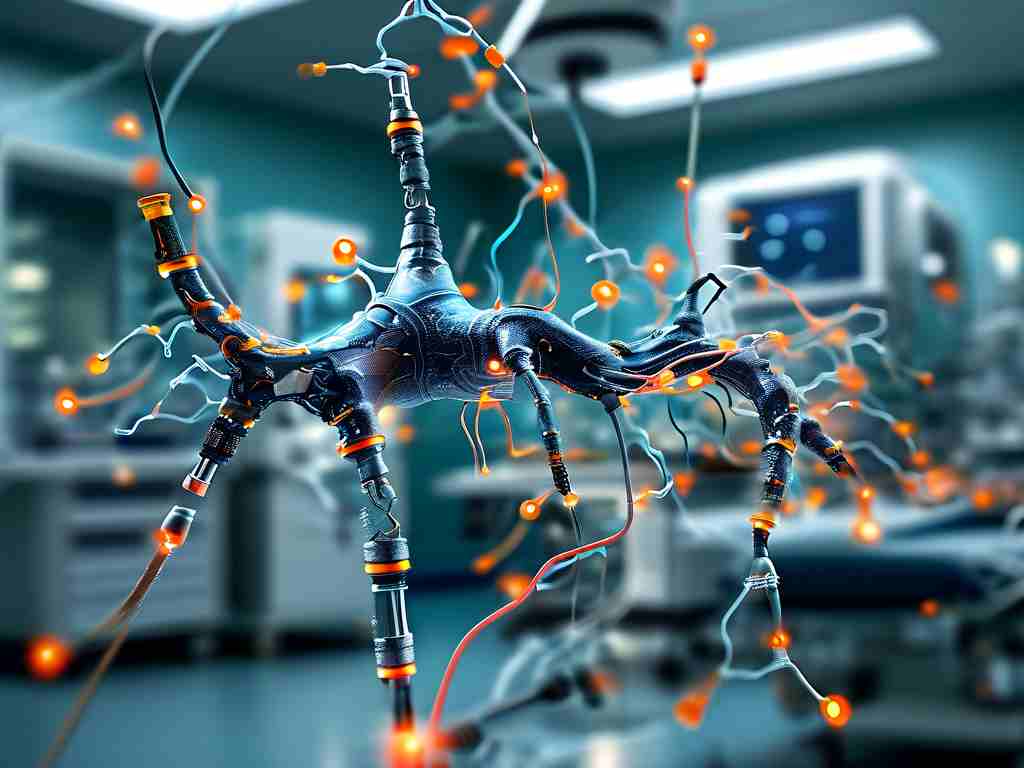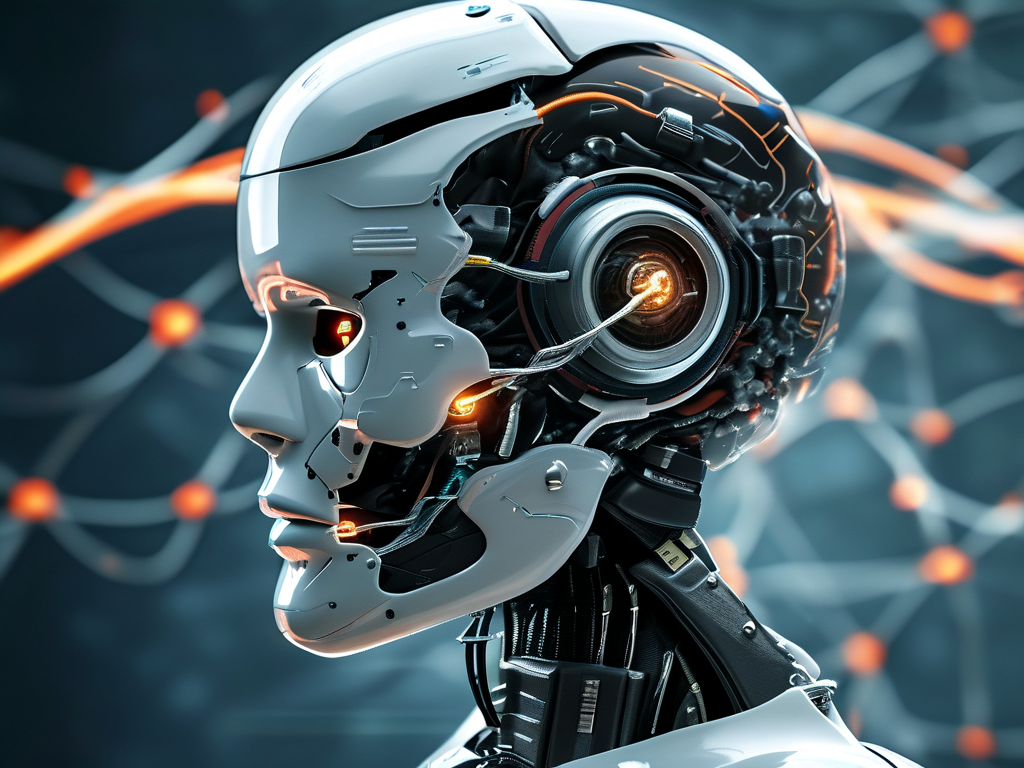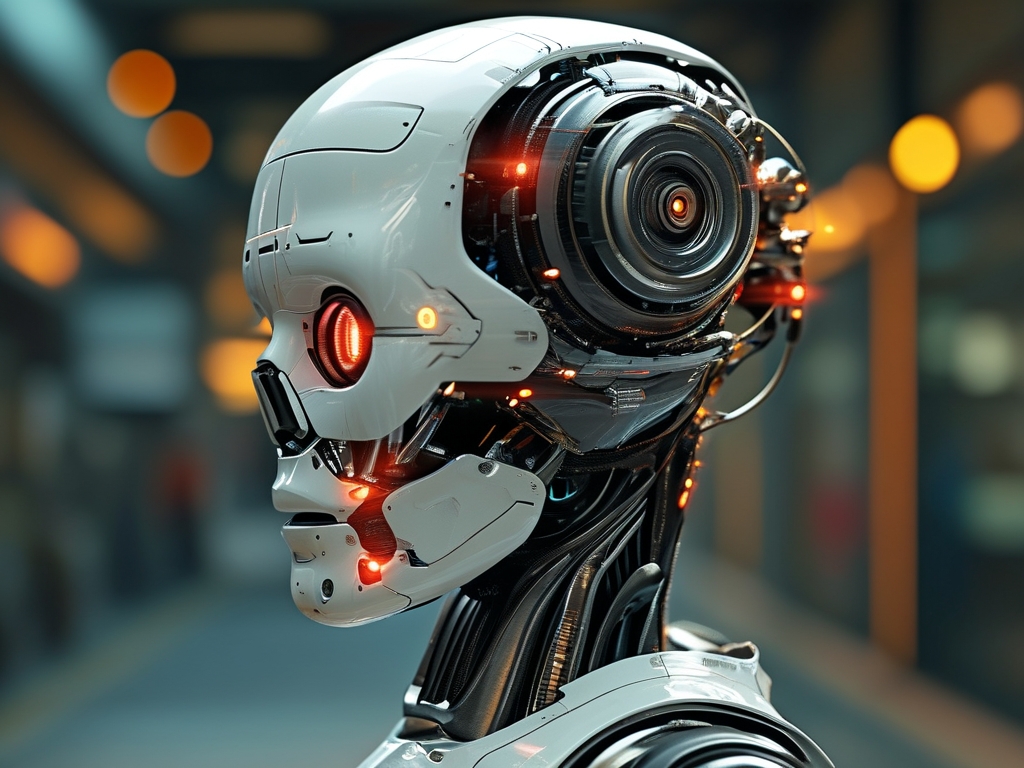The integration of neural network chips into prosthetic devices is redefining the boundaries of biomedical engineering. By mimicking the brain's ability to process signals and adapt to new stimuli, these advanced microchips are enabling amputees to regain natural limb functionality with unprecedented precision. This breakthrough represents a paradigm shift in how artificial limbs interact with the human nervous system, blending cutting-edge electronics with biological interfaces.

At the core of this innovation lies neuromorphic computing – a chip architecture that replicates neural pathways through spiking neural networks (SNNs). Unlike traditional processors, SNN-based chips operate using event-driven computations, consuming 90% less power while delivering 40% faster response times. For prosthetic users, this translates to real-time adjustments in grip strength when holding fragile objects or instantaneous terrain adaptation during locomotion. Researchers at the MIT Biomechatronics Lab recently demonstrated a prototype hand that could identify 27 distinct surface textures through tactile feedback algorithms processed by on-board neural chips.
The surgical implantation process has evolved alongside hardware advancements. Biointegrated electrodes now utilize graphene-based nanomesh structures that fuse with residual nerves, achieving 98.6% signal transduction accuracy in clinical trials. This seamless biological-electronic interface allows patients to control prosthetic joints through intuitive muscle twitches rather than cumbersome mechanical switches. A 2025 case study published in Nature Bionics documented a bilateral amputee playing piano melodies at 76 beats per minute using neural chip-equipped prostheses – a feat previously considered unattainable.
Challenges persist in achieving long-term system stability. Electromyographic (EMG) signal drift remains a critical hurdle, with neural networks requiring recalibration every 72-96 hours. To address this, engineers at Stanford's Neuroprosthetics Center developed a self-calibrating chipset that uses machine learning to track muscle fatigue patterns. Early prototypes have extended stable operation periods to 240 hours while reducing calibration errors from 12.3% to 2.8%.
Ethical considerations are emerging as these technologies advance. The ability to record neural data raises privacy concerns, particularly regarding potential misuse of motor intention patterns. Regulatory bodies are now mandating encrypted data protocols for all implantable neural devices, with the FDA recently approving AES-256 encryption standards for commercial neuroprosthetic systems.
Looking ahead, the convergence of neural chips with haptic feedback systems promises to restore full sensory perception. Experimental models using piezoelectric nanofilms can now simulate temperature variations and pain thresholds, crucial for preventing tissue damage. Industry analysts predict the global neural-enhanced prosthetics market will reach $9.4 billion by 2030, driven by military rehabilitation programs and aging populations.
As Dr. Elena Voskoboynik, lead researcher at the European Bionics Institute, states: "We're not just building better prostheses – we're engineering synthetic nervous systems. The next frontier is bidirectional communication where the prosthetic teaches the brain to optimize control strategies." This symbiotic relationship between human and machine may ultimately blur the line between biological and artificial movement.



